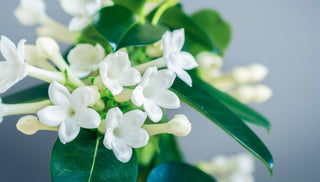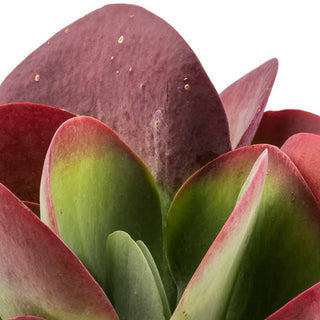❝There’s so much pollution in the air now that if it weren’t for our lungs there’d be no place to put it all.❞ - Robert Orben
|
1989, National Aeronautics and Space Administration (NASA), in collaboration with Associated Landscape Contractors of America (ALCA), carried out "Clean Air Study" and published results which provide a definitive list of plants that are most effective at purifying indoor air. NASA Clean Air Study stated that certain tropical plants - which are commonly used as houseplants - are most effective at filtering likes of benzene, ammonia, trichloroethane, formaldehyde and other pollutants from the air - and replacing them with breathable oxygen, helping to neutralize effects of 'Sick Building Syndrome'. |
Each tree planted helps to reduce nearly 308kg of harmful carbon emissions from the atmosphere, which is well over the CO2 generated from standard e-commerce shipments. This will help you become climate positive... Because we believe that neutral is not enough!
NASA Clean Air Study suggests to have at least one plant for every hundred square feet (9.3 m2) of space.
Knowing Common Indoor Pollutants
• Trichloroethylene – Found in printing inks, paints, lacquers, varnishes, adhesives, and paint removers.
Symptoms associated with short-term exposure include: excitement, dizziness, headache, nausea, and vomiting followed by drowsiness and coma.
• Formaldehyde – Found in paper bags, waxed papers, facial tissues, paper towels, plywood paneling, and synthetic fabrics.
Symptoms associated with short-term exposure include: irritation to nose, mouth and throat, and in severe cases, swelling of the larynx and lungs.
• Benzene – Used to make plastics, resins, lubricants, detergents, and drugs and found in tobacco smoke, glue, and furniture wax.
Symptoms associated with short-term exposure include: irritation to eyes, drowsiness, dizziness, headache, increased heart rate, confusion and in some cases can result in unconsciousness.
• Xylene – Found in rubber, leather, tobacco smoke, and vehicle exhaust.
Symptoms associated with short-term exposure include: irritation to mouth and throat, dizziness, headache, confusion, heart problems, liver and kidney damage and coma.
• Ammonia – Found in window cleaners, floor waxes, smelling salts, and fertilizers.
Symptoms associated with short-term exposure include: eye irritation, coughing, sore throat.
• Nitrogen Dioxide (NO2) – This harmful gas is formed by emissions from vehicles and factories during the burning of fuel. It is high in concentration in regions that are congested with vehicles and traffic. The gas is a respirator irritant, causing specific damage to the cardiovascular and respiratory system. It is known to cause airway inflammation among healthy individuals.
• Sulphur Dioxide (SO2) – A highly reactive gas that carries a smell which is pungent and irritating, suplhur dioxide is formed by the burning of fuels in industries and factories. Its presence in the air results in the irritation of the lining of lungs, throat and nose, worsing the symptoms of patients with existing respiratory diseases such as asthma, and other cardiovascular problems.
• Suspended Particulate Matter – Suspended Particulate Matter, or SPM, refers to the suspended solid and liquid particles in the air that are too small in size to be seen with the naked eye. Its short effects include irritation of the eyes and the respiratory tract, with the long term exposure causing asthma and weaker cardiovascular function.



